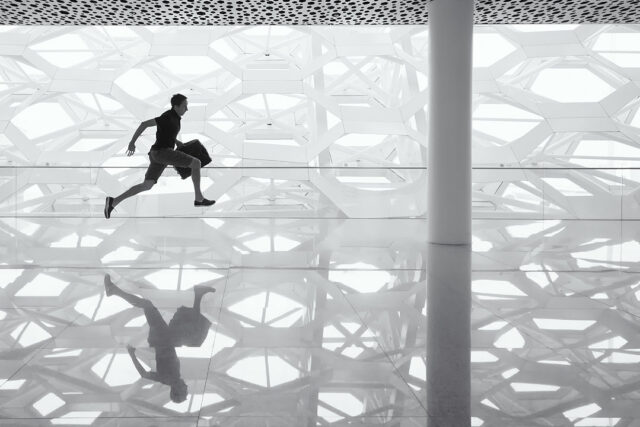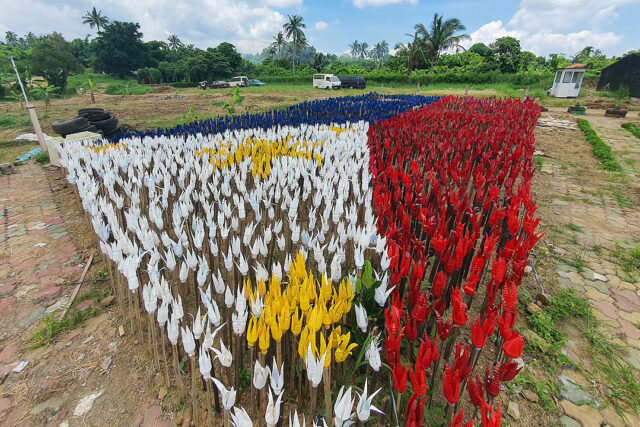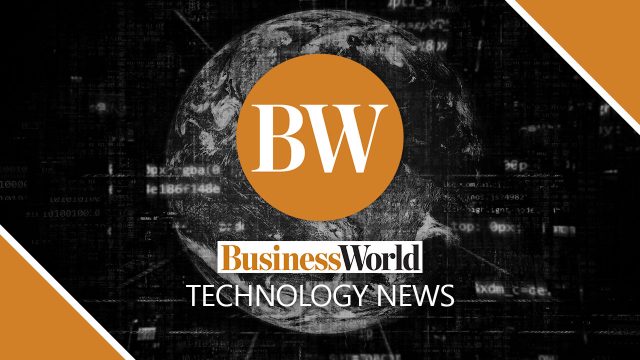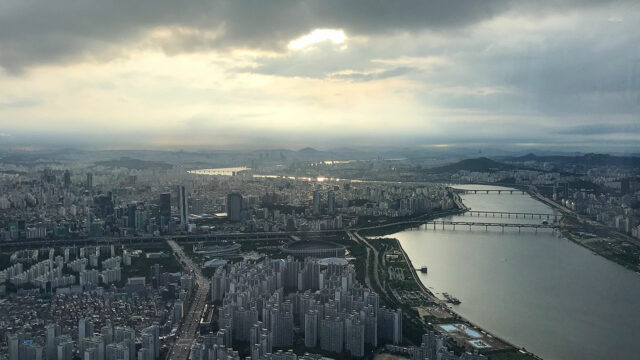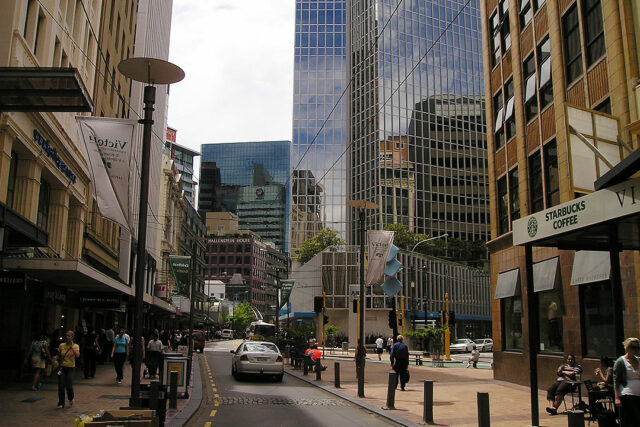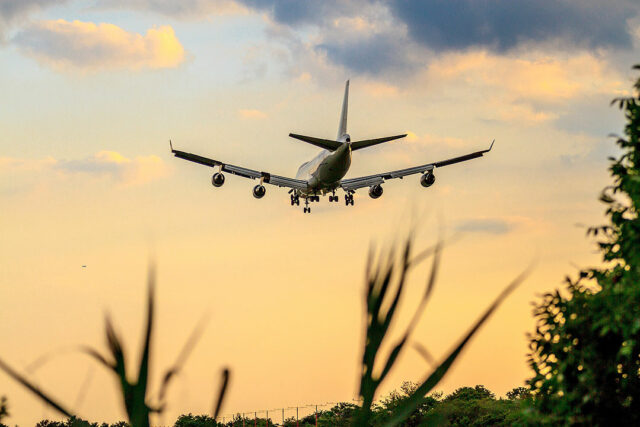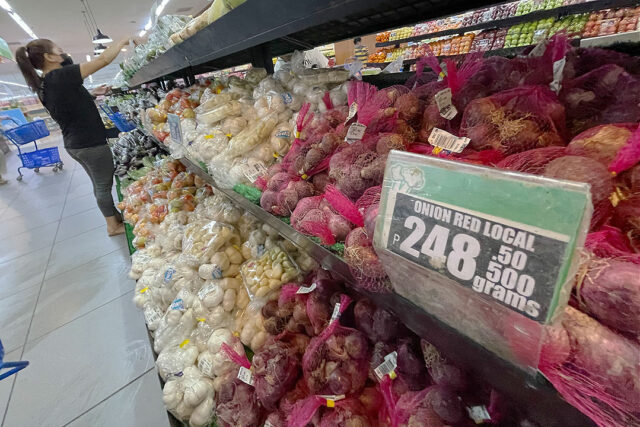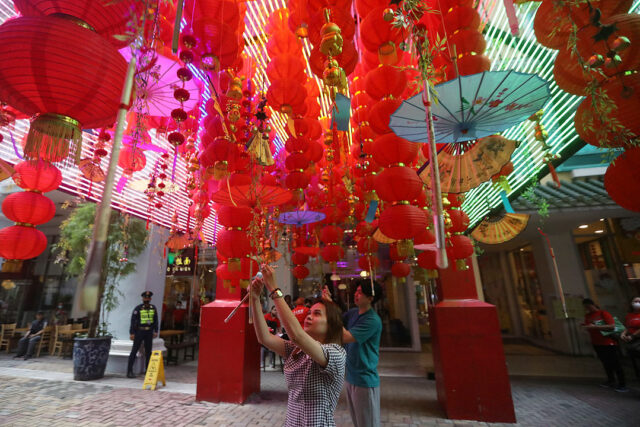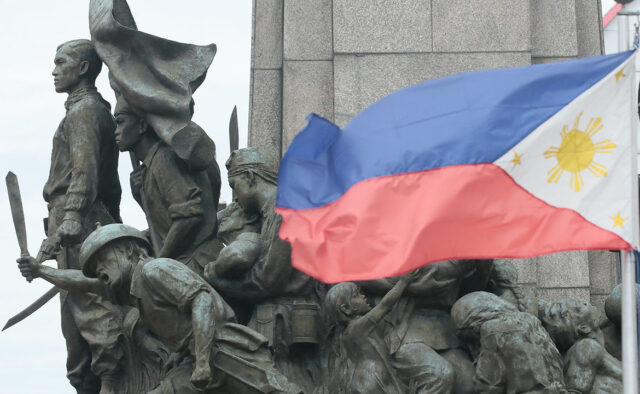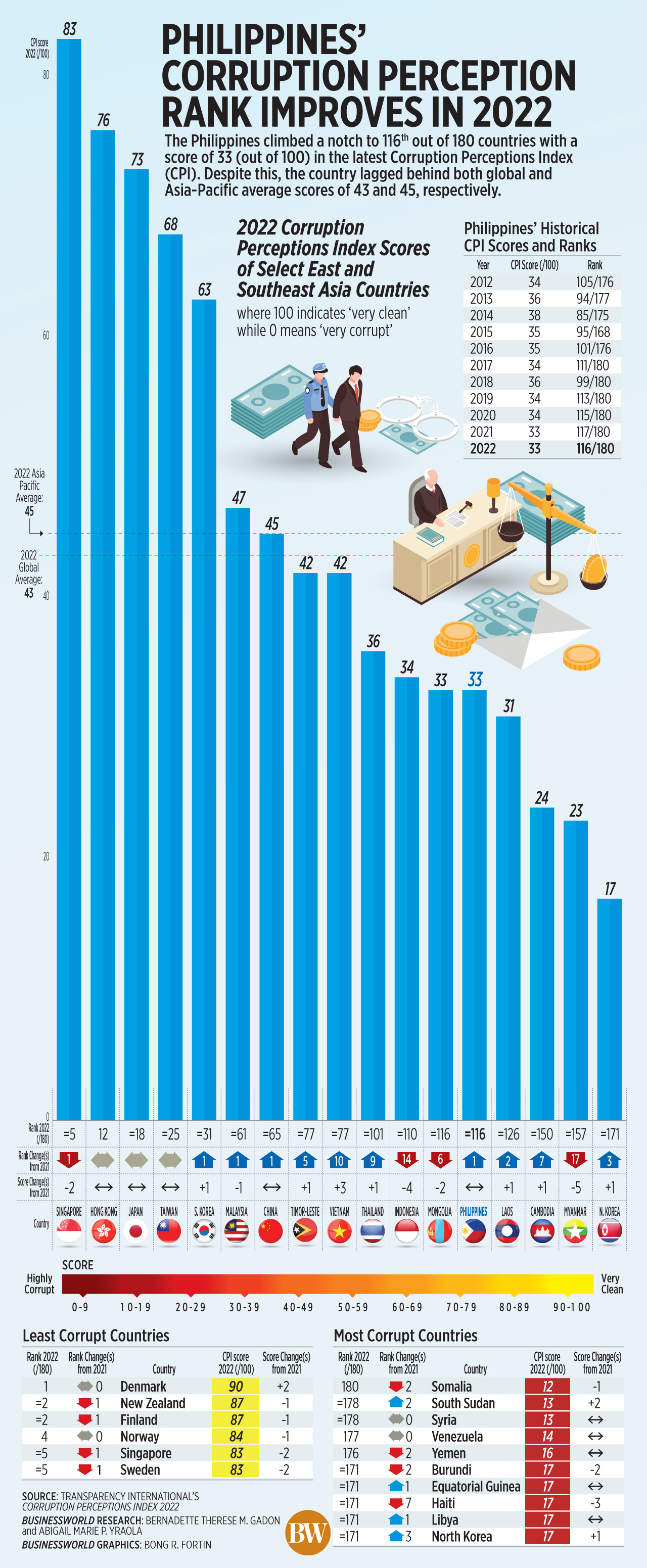Switching companies
EVEN large organizations only pay lip service to filling up key vacant (or vacated) positions through an internal search and “promoting from within.” The instinct to get some talent from outside is premised on the need to introduce a fresh perspective, shake up the organization from its lethargy, or give a stiffer push to the competition (sometimes the source of the talent).
Whatever the reason for uprooting tradition and kicking aside the corporate culture (ours is the best company to work with), outside hires at senior levels are becoming routine.
Changing careers or affiliations is never supposed to be about money (name your price). The profession of principles (I want to find my right place in the cosmos) or a community of interests (we like to play beach volleyball) are invoked, especially in a high-profile move.
Someone who is already recognized in the industry and highly paid in his existing job can still be pirated by a prospective employer for a challenging job with a lot of financial incentives. The “pull” premium is based on a needed skill, a personal network of clients, or simply the ability to cripple the current employer with the loss of a key player. Sometimes, it’s all three.
Why do already well-paid executives switch companies?
Bigger pay is a start, especially if it’s a multiple over two. This single factor tends to dominate the decision — it’s the easiest to explain to relatives and former associates. There are small details like the offer needing to be in black and white (I thought it was clear that you had to earn your own compensation) and whether the company can afford to pay the promised package for the duration of the contract. Big numbers are easy to dangle, but not as simple to provide.
Beware the “poisoned chalice.” Is this job being offered doomed to failure, like being the fourth appointee in a year heading a failed invasion of a neighboring country? Is the position given appropriate support and reasonable targets? Usually, “turnaround” situations of rescuing failing companies with little chance of success can offer attractive packages with a high variable pay based on turning red numbers into black.
Many have been lured from their comfortable jobs to do rescue work in another organization which requires the parting of the red sea of numbers. Desperate companies can offer mind-boggling compensation packages. Like the famous series Mission Impossible, the instructions tend to self-destruct after being read.
A special case involves joining the competition. High-profile personalities like media talent or sports figures are usually photographed signing up with the competition. They even thank their former organizations for building them up and allowing them to be appetizing targets for the competition — I did not get a despedida party.
The decision to jump from one organization to another entails many unknowns. Even when joining long-lasting friends already working in the new company, one is likely to be surprised at the lukewarm reception they will be confronted with early in the onboarding session. Are the incumbents jumping with joy being united with an old friend at work? Not likely, especially when they must report to this familiar person in an unfamiliar relationship. (And he’s even getting a better car.)
At once, the ties of friendship, now overlaid with hierarchical considerations (like performance reviews), are strained. Those friendly lunches of months ago become distant reminders of camaraderie now turned into formal meetings — did you meet your targets?
Career moves presume making deliberate decisions, often between the status quo and change, which is often imposed from the outside. It could be new technology, acquisition of the company, new management, a radical reorganization, friends needing one more investor, or all of these at the same time.
In the matter of changing sides, switching political loyalties is a special case. Political turncoats are given some leeway as they maneuver to join the winning side. They even have a set formula for justifying their action — “we are beyond party interest when it comes to serving the country.”
As in all switches, for them to work, it is not just the willingness of the switcher to work with his new colleagues. It is also the traps that will likely be laid out for him… to walk into.
Tony Samson is chairman and CEO of TOUCH xda

